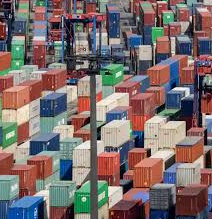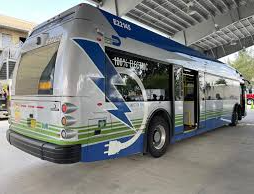Challenges and Opportunities in Politics, Interoperability, Talent, and Sustainability
Grab’s milestone $40 billion initial public offering (IPO) signifies more than just corporate success—it highlights Asean’s burgeoning digital economy and its inherent complexities. As digitalisation drives the region’s recovery, addressing critical challenges in geopolitics, interoperability, talent acquisition, and sustainability will be pivotal.
Navigating Political Complexities
Grab’s rise in Asean is a testament to its ability to manoeuvre through geopolitical and local political challenges. Initially facing competition from Uber and resistance from taxi unions, Grab used strategic negotiations to establish its foothold across eight Asean markets.
The region’s political diversity and external pressures, such as Sino-American tech tensions, have not hindered Grab’s expansion. Singapore’s position as a neutral hub has enabled companies like Grab to flourish, maintaining competitiveness and encouraging regional integration.
However, geopolitics remains a looming challenge. Asean’s tech neutrality and open market approach will be crucial to fostering innovation and avoiding divisions in the global technology space.
Interoperability and Cross-Border Data
Grab’s operations exemplify the benefits of interoperability, offering seamless services across borders. Yet, as tech firms expand into financial services, the balance between data localisation and cross-border data sharing poses risks.
Grab’s digital banking venture aims to address financial inclusivity but will require navigating privacy regulations and fostering a harmonised digital framework. Regional initiatives like the Asean Agreement on Electronic Commerce offer hope for smoother cross-border transactions, ensuring continued digital growth.
Talent Shortages and Sustainability Efforts
The region’s digital boom faces headwinds in the form of a talent gap and environmental concerns. A report by Google, Temasek, and Bain forecasts a $1 trillion Asean digital economy by 2030, with e-commerce as a key driver. This growth, however, amplifies challenges such as packaging waste, carbon footprints from ride-hailing services, and energy-intensive data centres.
Governments and corporations are responding with initiatives like phasing out combustion vehicles and committing to carbon-free operations. Yet, these efforts must scale rapidly to meet consumer expectations and environmental goals.
On the talent front, a shortage of 47 million skilled workers in the Asia-Pacific region by 2030 underscores the need for innovative solutions. Partnerships between private firms and educational institutions, as seen with Singapore’s Skills Path initiative, can help bridge this gap by promoting skills-based hiring and rapid workforce development.
The Path Forward
Grab’s IPO signals the maturity of Asean’s tech sector while underscoring the importance of adaptability in a dynamic landscape. Openness, regional cooperation, and sustainable practices will be essential to unlocking the full potential of the region’s digital economy.
As Asean advances its digital integration, efforts like the Asean Model Contractual Clauses and public-private collaborations will pave the way for other tech unicorns to emerge, solidifying the region’s position on the global digital stage.








